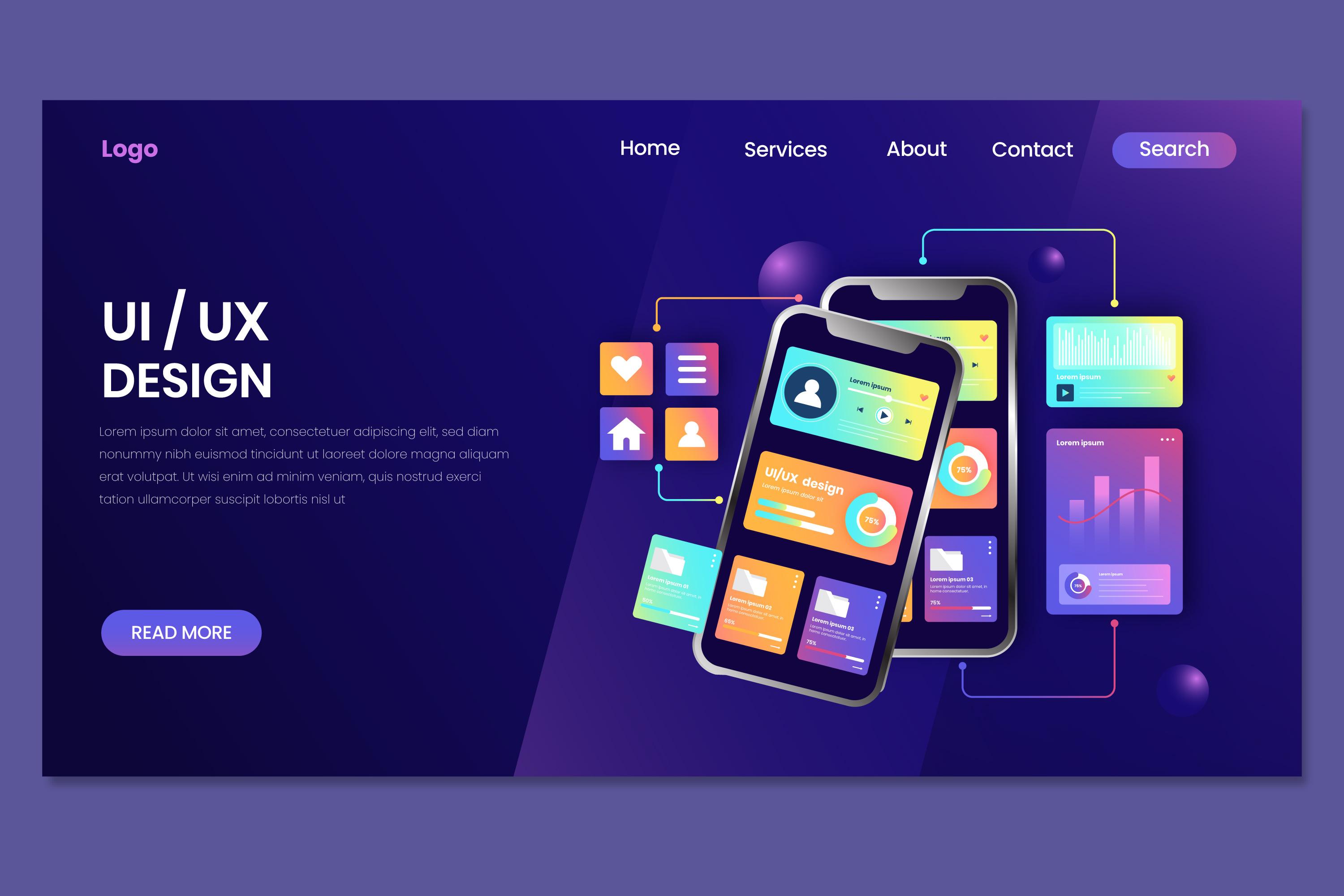Why Mobile-First Design Helps Boost Sales
Share

In today’s digital world, mobile-first design isn’t just a nice-to-have feature—it’s a necessity. Mobile devices now account for the majority of web traffic globally, with users spending more time browsing, shopping, and interacting on smartphones than ever before. Businesses that ignore mobile users risk losing out on a large portion of their customer base. This is where mobile-first design comes into play, focusing on creating websites and apps that are optimized for mobile devices before scaling up for desktops.
Mobile-first design prioritizes performance, simplicity, and ease of use, which not only enhances user experience but also leads to higher engagement and improved sales. In this article, we’ll explore why adopting mobile-first design is crucial for boosting sales, and we’ll look at a real-world case study where a beauty service booking platform achieved significant improvements in mobile bookings and website abandonment by implementing mobile-first principles.

Why Mobile-First Design is Crucial for Sales
1. Mobile Traffic Dominates
The shift toward mobile browsing is undeniable. According to recent studies, over 60% of global web traffic comes from mobile devices. For e-commerce sites, mobile users often make up a large percentage of potential customers. If your website isn’t optimized for mobile, you’re missing out on a significant portion of your audience.
For businesses with a predominantly mobile user base, mobile-first design ensures that visitors have a seamless and engaging experience, making it easier for them to make a purchase or take action.
2. Faster Load Times Drive Conversions
Mobile-first design focuses on improving the performance and speed of a website. A fast-loading website is essential for retaining visitors and preventing high bounce rates. Studies have shown that if a website takes longer than 3 seconds to load, 53% of mobile users will abandon it. Mobile-first websites are typically optimized for fast loading times, which directly impacts user retention and conversion rates.
3. Simplified Navigation and User Flow
Mobile-first design forces you to simplify the user interface. Mobile screens are small, and real estate is limited, which means every element on the page must be functional and easy to navigate. This simplification often leads to a cleaner, more intuitive experience for users, reducing friction and helping them find what they need faster.
When users can easily navigate your website on mobile, they’re more likely to stay longer, explore more pages, and ultimately convert.
4. Mobile-Optimized Forms Lead to More Sign-Ups and Purchases
Forms on mobile devices can be a major point of friction for users. Long forms or forms with tiny fields are incredibly frustrating on small screens. Mobile-first design prioritizes easy-to-fill forms with larger fields, auto-fill options, and streamlined processes, making it easier for users to sign up, make purchases, or complete other key actions.
Optimized forms are critical for driving conversions, as they reduce the chances of users abandoning the process halfway through.
5. Google’s Mobile-First Indexing Affects SEO
Google now uses mobile-first indexing, meaning that it primarily uses the mobile version of a website for ranking and indexing. If your site isn’t optimized for mobile, it may rank lower in search results, which can drastically reduce organic traffic. Mobile-first design ensures that your site is SEO-friendly and performs well on mobile devices, which is crucial for maintaining and improving visibility in search engines.
Case Study: Beauty Service Booking Platform Sees 30% Increase in Mobile Bookings
A beauty service booking platform was facing challenges with user engagement and conversions, especially on mobile. Although the platform had a user-friendly design on desktop, the mobile version was clunky, slow to load, and difficult to navigate. Users often abandoned the site without completing their bookings, particularly on mobile devices.
What the Company Did:
-
Optimized the design for mobile devices, prioritizing speed and simplicity.
-
Reduced the number of steps required to complete a booking, making the process more straightforward on mobile.
-
Improved button sizes and touch targets for easier navigation on smaller screens.
-
Enhanced mobile performance by compressing images and implementing lazy loading to reduce load times.
-
Simplified the form fields, making them more intuitive for mobile users to fill out.
The Results:
-
Mobile bookings increased by 30% within just one month of implementing the mobile-first design.
-
Bounce rates dropped, as users found it easier to navigate the site and complete bookings.
-
User feedback improved, with customers appreciating the faster load times and smoother mobile experience.
By prioritizing mobile users and optimizing the site for small screens, the platform saw a substantial improvement in both engagement and sales.
Best Practices for Implementing Mobile-First Design
1. Prioritize Performance
Make sure your site loads quickly on mobile devices. Use tools like Google PageSpeed Insights or Lighthouse to test your site’s speed and identify opportunities for improvement.
2. Simplify Navigation
Mobile screens don’t have the space to display everything, so keep your navigation simple. Use hamburger menus, sticky navigation bars, and clear categorization to help users find what they need quickly.
3. Optimize Forms
Design forms that are easy to fill out on mobile. Use auto-fill, input masks, and larger fields to make the process smoother and more user-friendly.
4. Use Large, Touchable CTAs
Make sure your call-to-action buttons are large enough to tap easily. Avoid placing important CTAs too close to each other to prevent accidental clicks.
5. Test Across Devices
Test your website on various mobile devices to ensure it looks and performs well across different screen sizes and operating systems.
Conclusion: Mobile-First Design Is No Longer Optional—It’s Essential
As mobile traffic continues to dominate the web, businesses can no longer afford to treat mobile design as an afterthought. Mobile-first design isn’t just about shrinking down desktop content—it’s about designing with the mobile user in mind from the very beginning. By doing so, you improve user experience, increase engagement, and ultimately boost conversions and sales.
Whether you're running an e-commerce site, a service-based platform, or a content hub, prioritizing mobile-first design is crucial for staying competitive in today’s digital landscape.

Share

Keep me postedto follow product news, latest in technology, solutions, and updates
Related articles
Explore all


